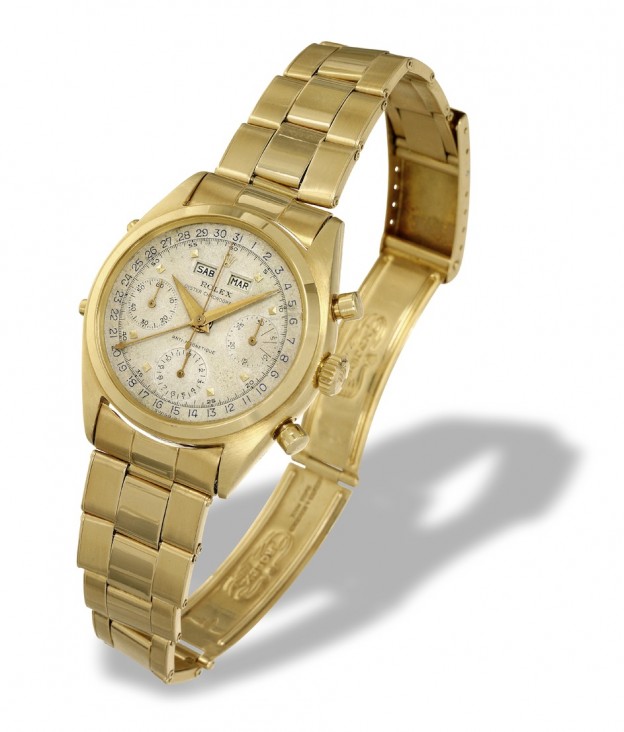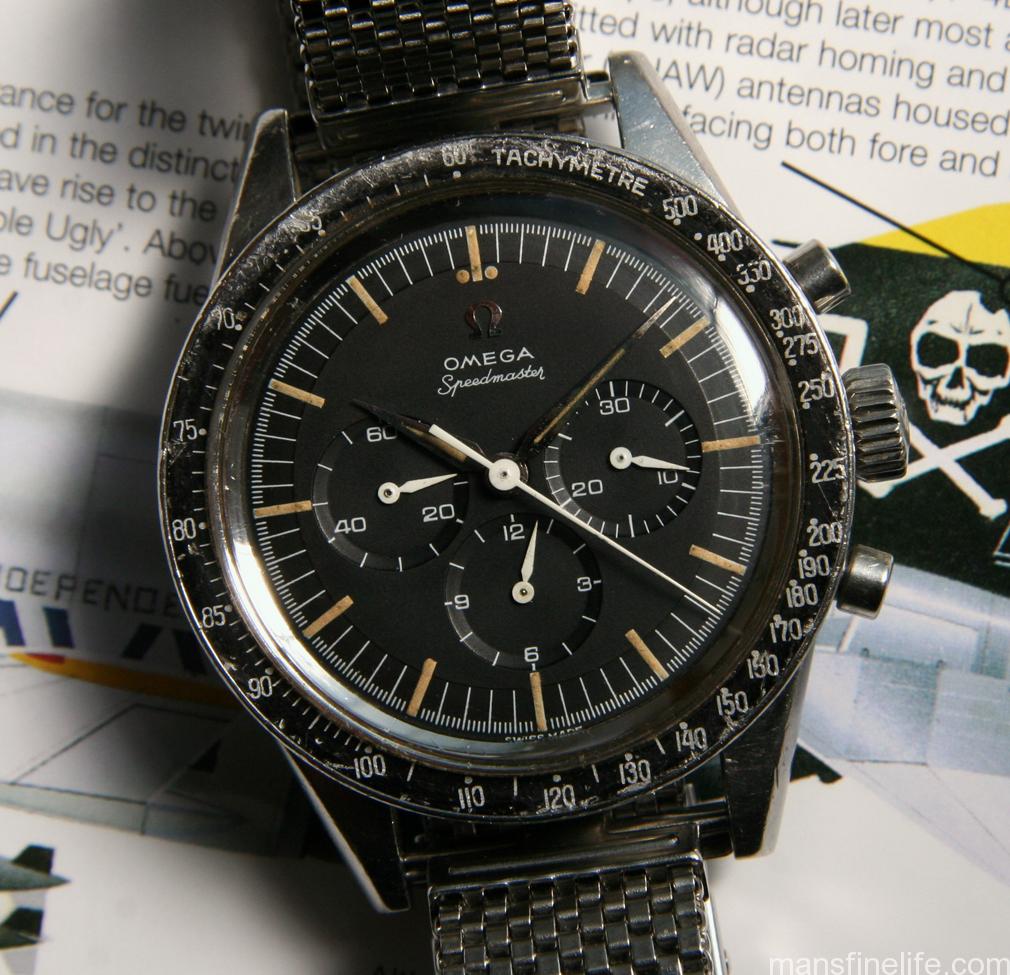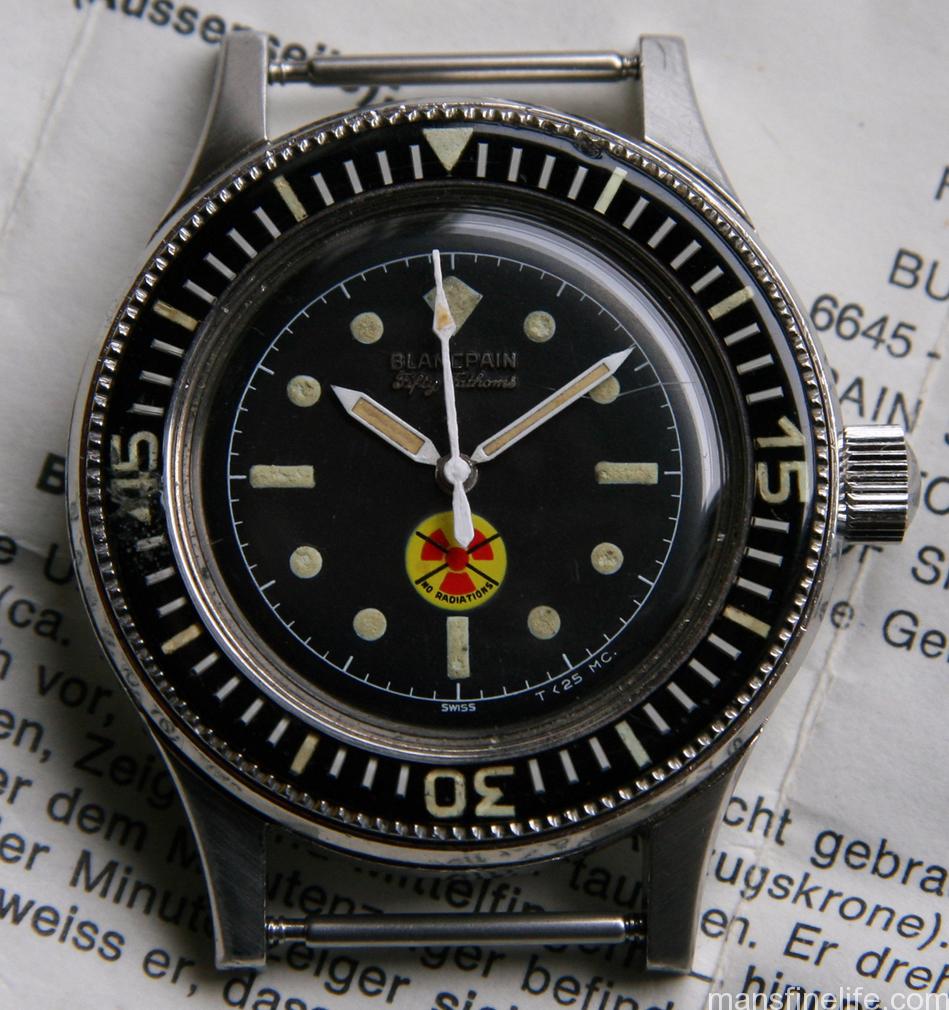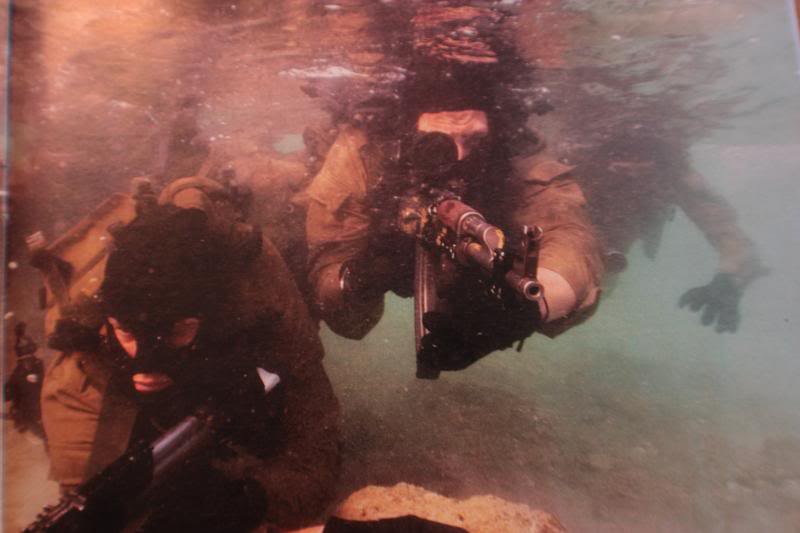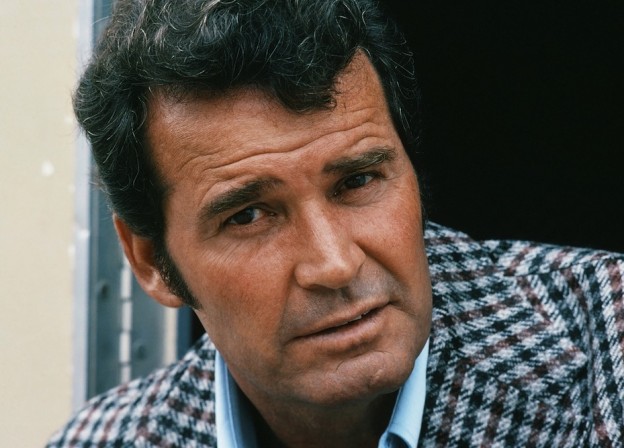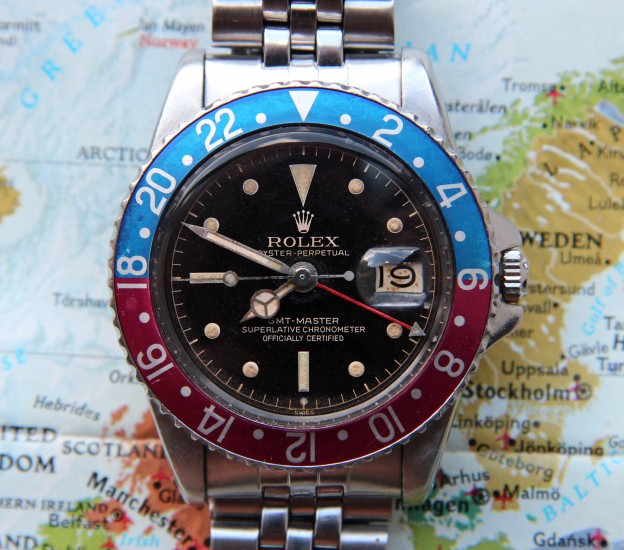If you hang around with watch collectors for any length of time you are guaranteed to hear the word “Grail” mentioned and probably more than once. I don’t know who coined this term for a particularly desirable watch (maybe the late, great Chuck Maddox?) but it has come to be the word of choice for that certain timepiece which most captivates us at a given moment and inspires an obsessive quest to obtain it. Which is not to say that a particular Grail watch remains a constant. On the contrary, the more driven collectors (guilty as charged) will constantly shift their definition of Holy Grail and apply it to multiple watches, especially as their tastes evolve and they wade ever deeper into the seemingly bottomless waters of the watch world.
It might happen that a beginning collector getting into vintage starts out with a particularly handsome Omega dress watch as his Grail but finds himself being attracted to the legendary Speedmaster chronograph line. So, having acquired his lovely dress Omega, he shifts his Grail designation over to the yet-to-be-acquired Speedy Moonwatch. Then, having acquired a conventional Speedmaster, he may learn through research and participation in the various forums about earlier, scarcer versions that were being used at the beginning of the NASA space program and before the design was completely standardized. And so with his classic Moonwatch acquiring mere “daily driver” status, now a pre-Moon straight lug cal. 321 Speedy becomes his new Grail.
Likewise, a budding Military Watch collector may start out feeling very well satisfied with a Benrus Type I or II, no small achievement to be sure. But soon enough, through discussion with other enthusiasts, a hierarchy of MilWatches is revealed to him and he discovers that his well-loved Benrus Type, while highly regarded, is nowhere near the top of the pyramid. Continue reading

